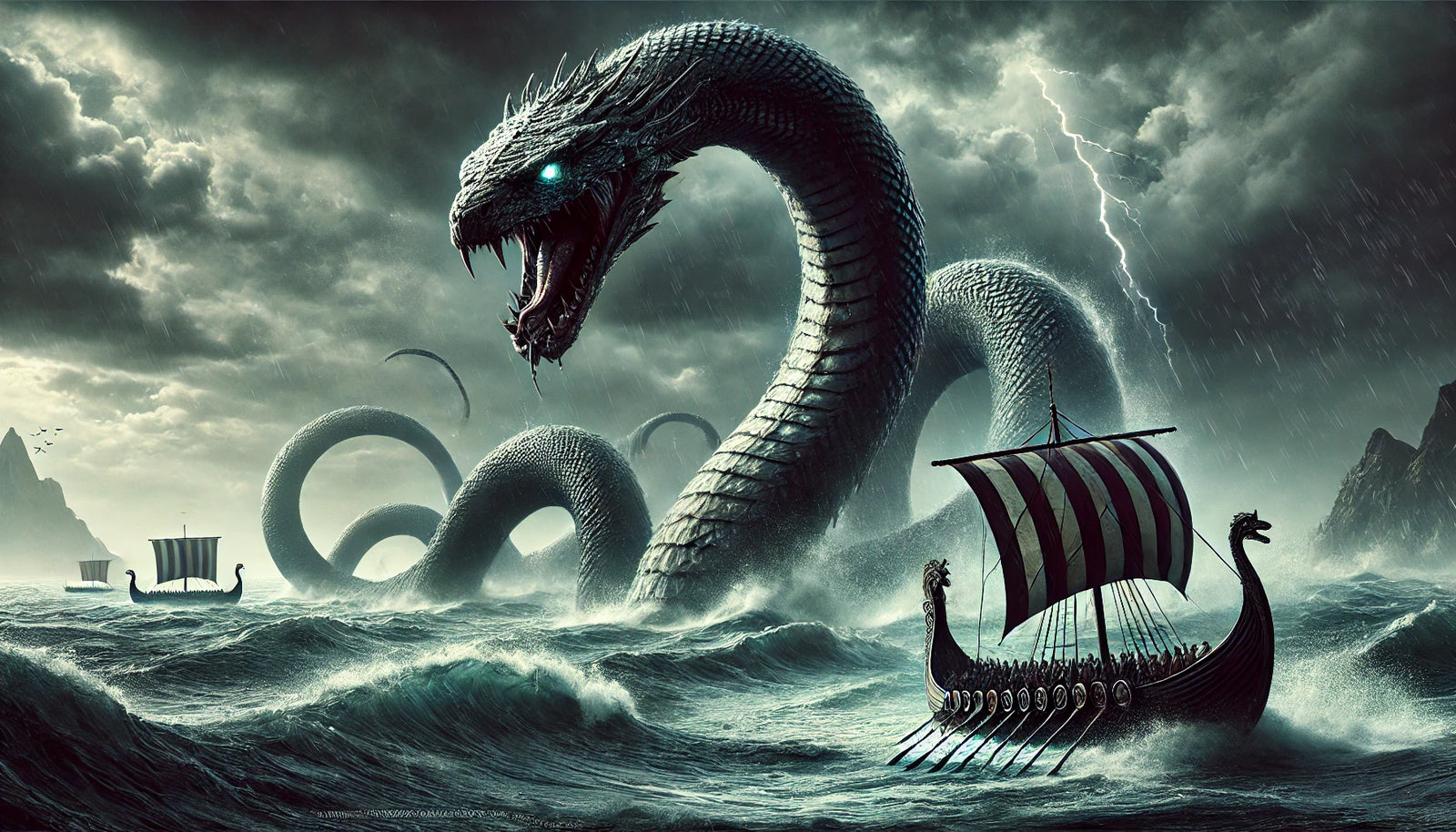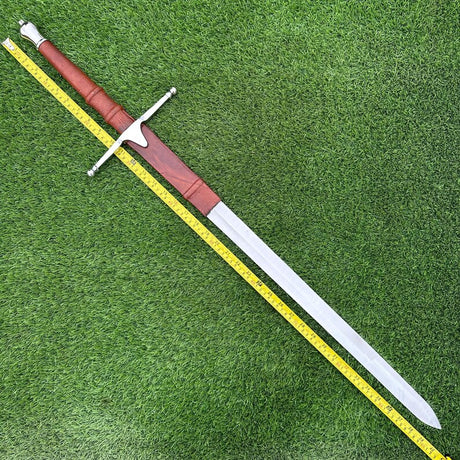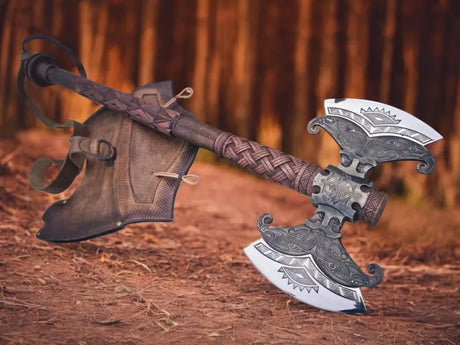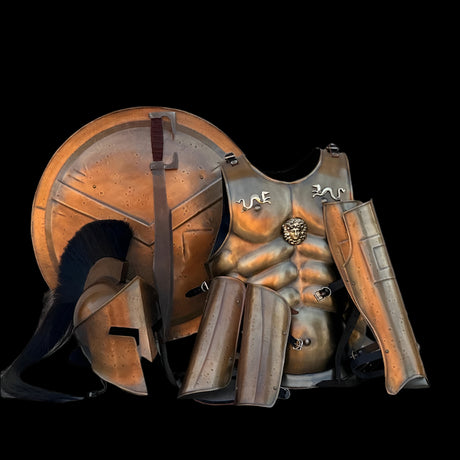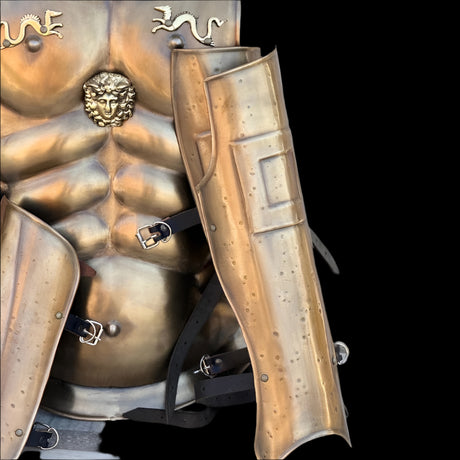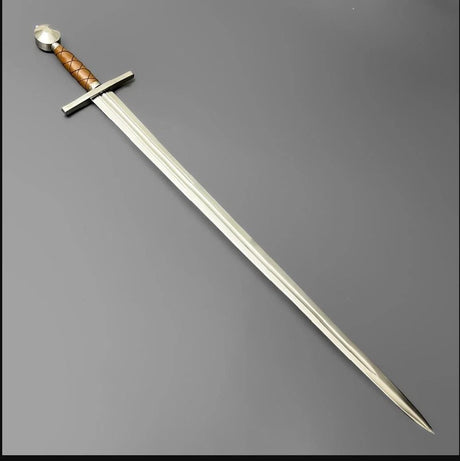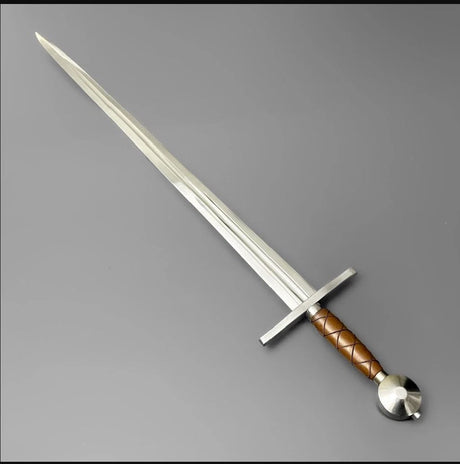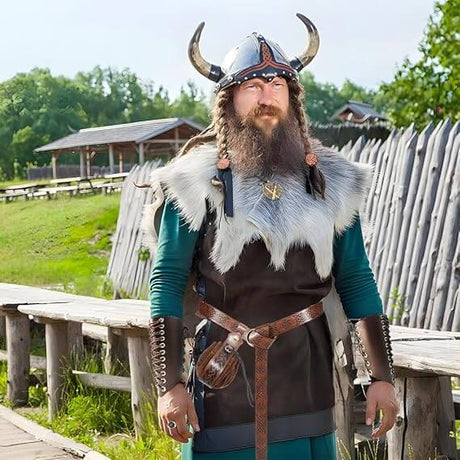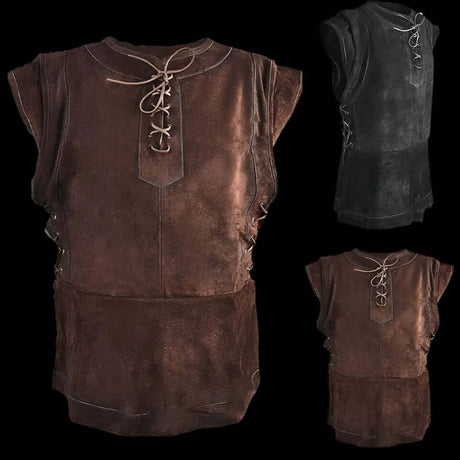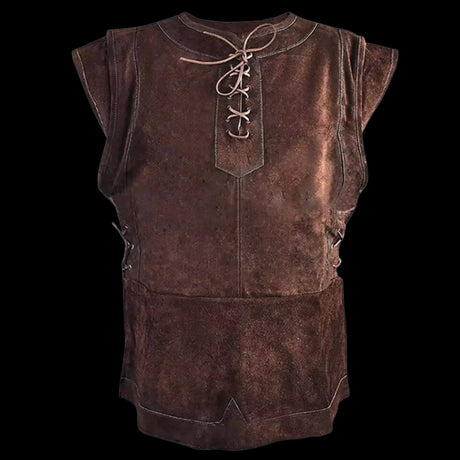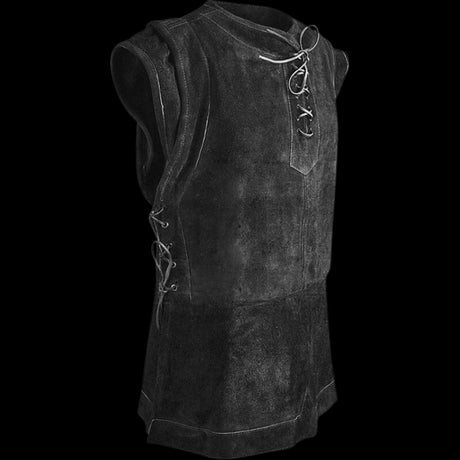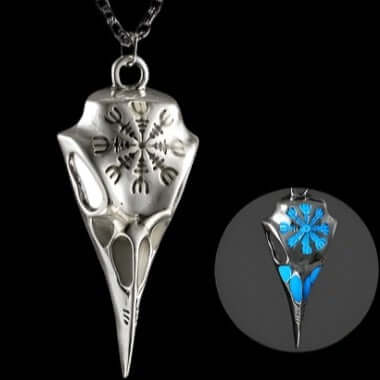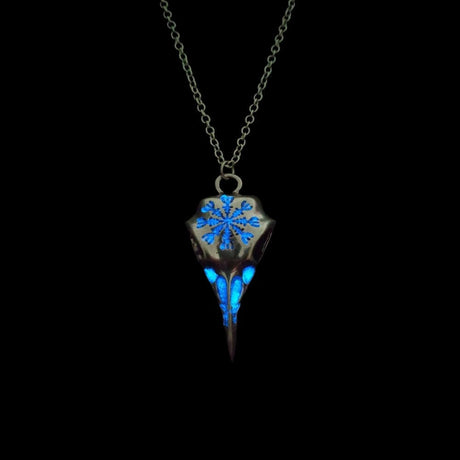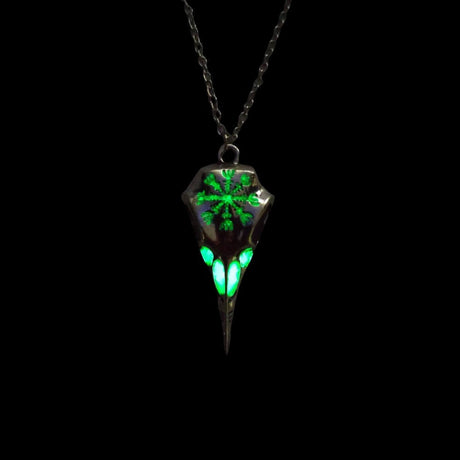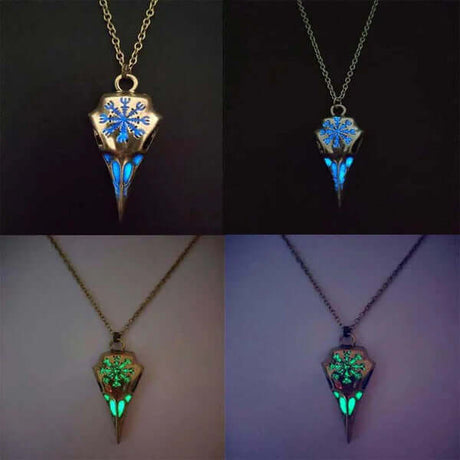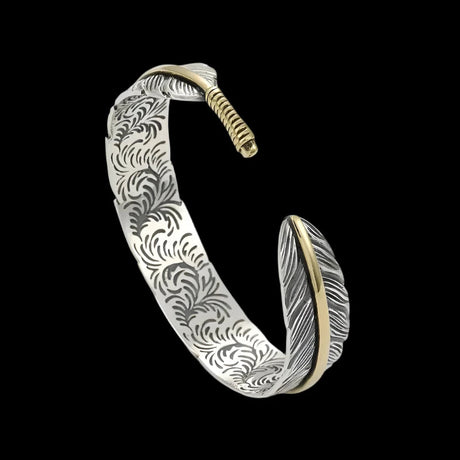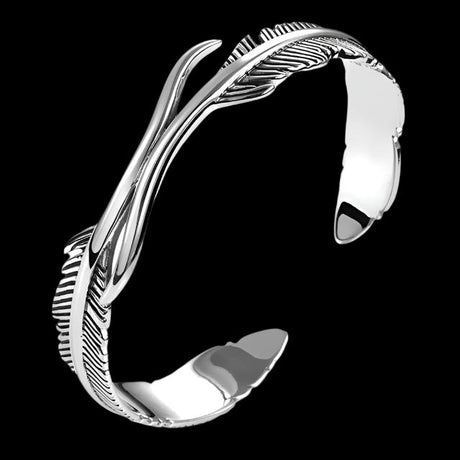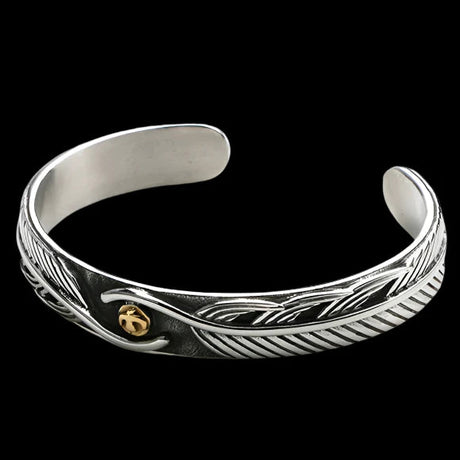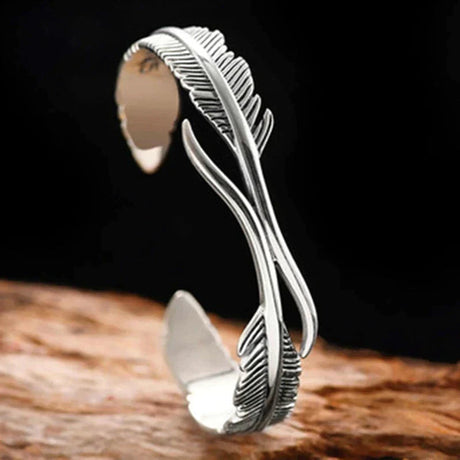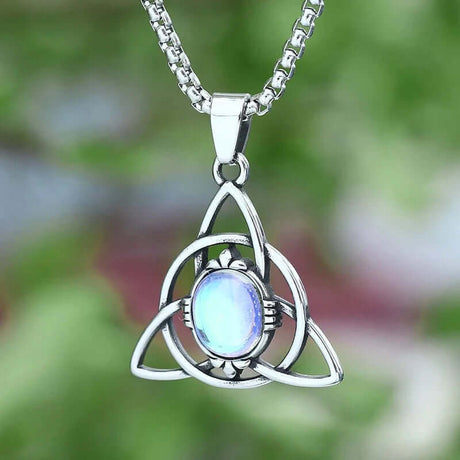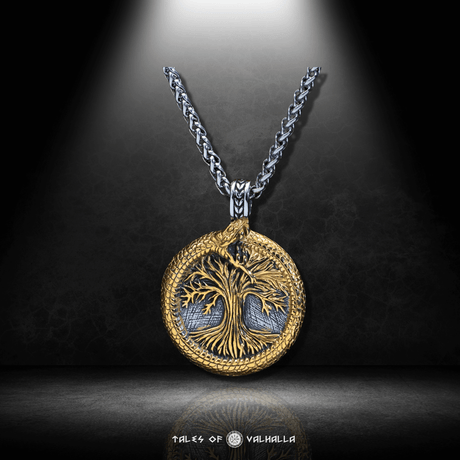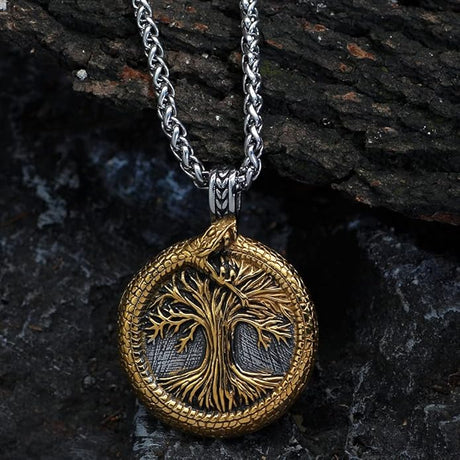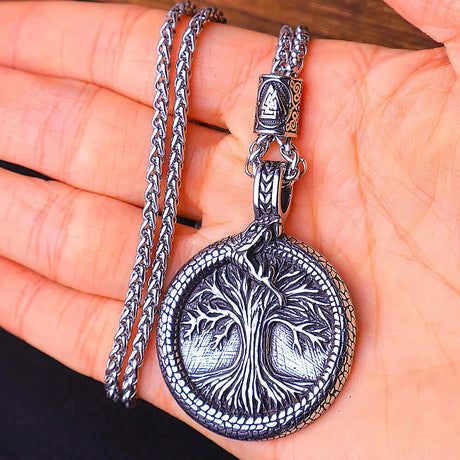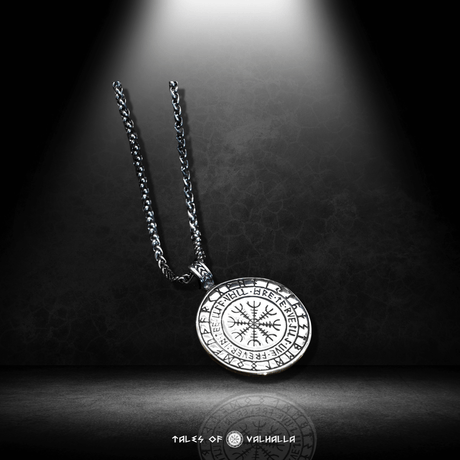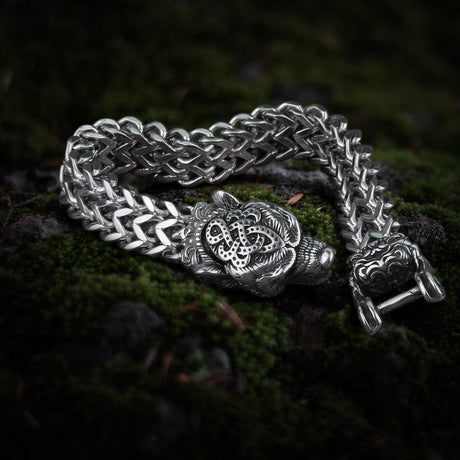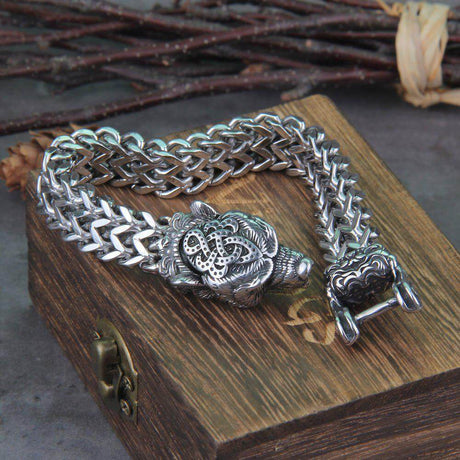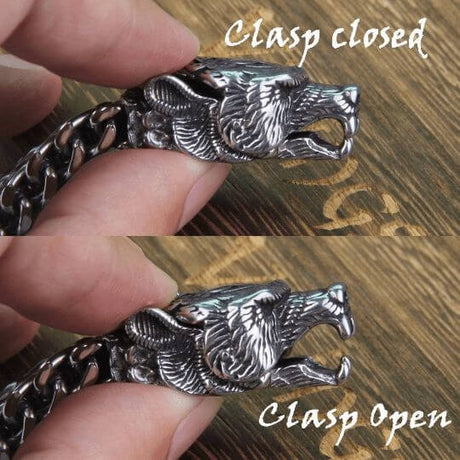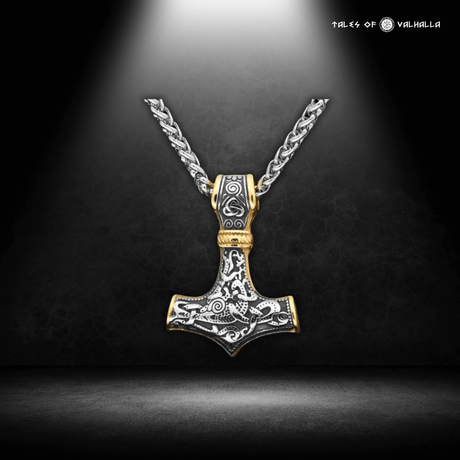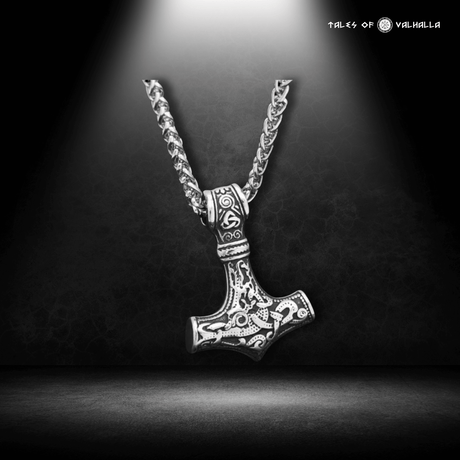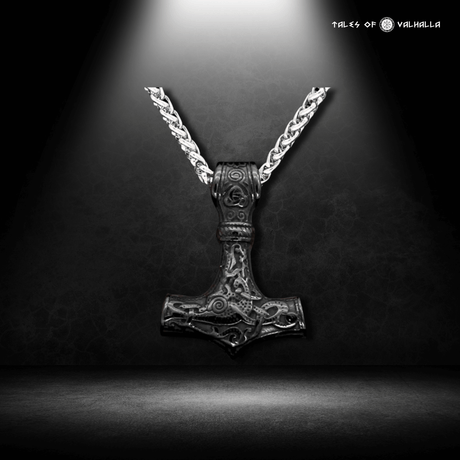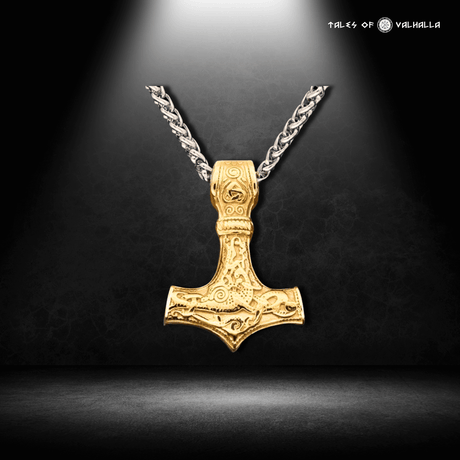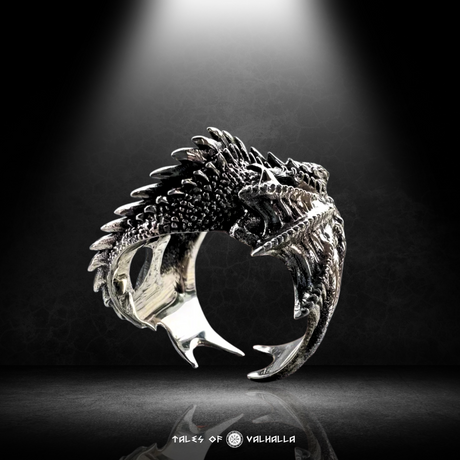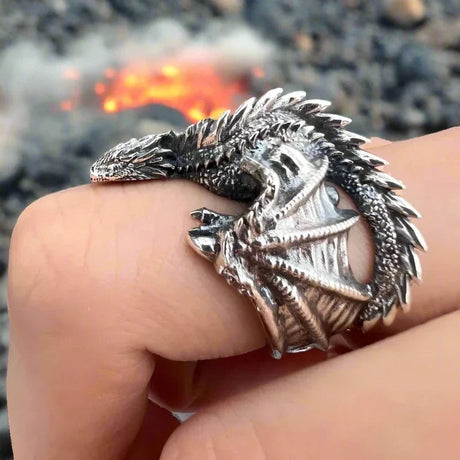The Legendary Midgard Serpent
In the vast and intricate tapestry of Norse mythology, few creatures are as iconic or as fearsome as Jormungandr, the Midgard Serpent. Known as the World Serpent, this colossal beast plays a crucial role in the mythological narratives of the Norse people, embodying themes of chaos, balance, and inevitable destruction. As the serpent that encircles the world, Jormungandr's presence is both a symbol of protection and a harbinger of doom, foreshadowing the end of days in the prophecy of Ragnarok.
Jormungandr’s story is one of awe-inspiring power and tragic inevitability, capturing the imagination of generations. From its birth from the union of a giantess and a god to its eventual role in the cataclysmic events of Ragnarok, Jormungandr's legend is one that continues to resonate with modern audiences, reflecting the timeless struggle between order and chaos. In this exploration, we delve deep into the origins, symbolism, and cultural impact of Jormungandr, uncovering the layers of meaning behind this mythical creature.
Origins of Jormungandr in Norse Mythology

Jormungandr in Norse Mythology
The Birth of Jormungandr
Jormungandr's origins are as extraordinary as the creature itself. According to Norse mythology, Jormungandr was born to the giantess Angrboda and Loki, the infamous trickster god. Angrboda and Loki’s union produced three monstrous offspring: Fenrir, the great wolf; Hel, the ruler of the underworld; and Jormungandr, the serpent destined to encircle the world. Each of these beings was feared by the gods for their immense power and potential to bring about destruction.
The name "Jormungandr" itself carries deep meaning, translating to "huge monster" or "enormous staff." This name not only describes the serpent's colossal size but also hints at its destined role in the cosmic order. From the moment of its birth, Jormungandr was marked as a creature of significant importance, a being whose existence would forever alter the fate of the world.
Jormungandr’s Place in the Nine Realms
The Role of the World Serpent in Midgard
As Jormungandr grew, it became clear that the serpent was no ordinary creature. Odin, the Allfather, recognizing the potential threat posed by Loki’s offspring, cast Jormungandr into the ocean that surrounds Midgard, the realm of humans. In the depths of the ocean, Jormungandr continued to grow until it became so large that it could encircle the entire world, grasping its own tail in its mouth. This image of the serpent encircling the world is one of the most enduring symbols in Norse mythology, representing the idea of the world being bound by an ever-present force of nature.
The concept of Jormungandr as the World Serpent is rich with symbolic meaning. It represents the idea of a closed system, where everything is connected in a continuous loop. This imagery of the serpent biting its tail, known as the Ouroboros, is a powerful symbol of eternity, the cyclical nature of life, and the interconnectedness of all things. Jormungandr's presence in Midgard serves as a reminder of the delicate balance that exists in the world, where order and chaos are constantly at play.
The Symbolism of Jormungandr
Jormungandr is not just a creature of immense physical power; it is also a potent symbol with deep cultural and spiritual significance. The serpent embodies the concept of chaos, an uncontrollable force that exists outside the orderly structure of the world. Yet, at the same time, Jormungandr represents balance, as its presence is necessary to maintain the equilibrium of the cosmos. Without the serpent encircling Midgard, the world would be vulnerable to external threats, underscoring the duality of Jormungandr's nature as both protector and destroyer.
The symbolism of Jormungandr extends beyond its role in mythology. In ancient artifacts, the serpent is often depicted as a fearsome creature, with its scales and fangs symbolizing danger and power. In modern times, Jormungandr continues to be a popular symbol, representing themes of resilience, transformation, and the unending cycle of life and death. Whether in tattoos, jewelry, or artwork, the image of Jormungandr resonates with those who see the serpent as a representation of the eternal struggle between opposing forces.
The Myth of Ragnarok and Jormungandr’s Role

Ragnarok
The Prophecy of Ragnarok
Central to Norse mythology is the prophecy of Ragnarok, the apocalyptic event that marks the end of the world. According to the prophecy, Ragnarok will be preceded by a series of catastrophic events, including natural disasters, the breaking of bonds, and the death of gods. Jormungandr plays a pivotal role in this cosmic drama, as its release from the ocean signals the beginning of the end.
The prophecy foretells that when Jormungandr releases its tail and rises from the ocean, the seas will surge, causing widespread flooding and chaos. This event is seen as the final warning that Ragnarok is upon the world. Jormungandr's emergence from the ocean is not just a physical act; it is a symbolic moment that represents the breaking of the natural order, leading to the collapse of the world as it is known.
In the context of Ragnarok, the "jormungandr meaning" is tied to the idea of inevitable destruction and rebirth. The serpent's role in the prophecy underscores the Norse belief in the cyclical nature of time, where the end of one era leads to the beginning of another. Jormungandr's fate is intertwined with the fate of the gods, highlighting the inescapable nature of destiny in Norse mythology.
The Epic Battle with Thor
One of the most famous stories involving Jormungandr is its epic battle with Thor, the god of thunder. This encounter is prophesied to take place during Ragnarok, where Thor and Jormungandr are destined to face each other in a final, cataclysmic showdown. The battle between Thor and Jormungandr is a symbolic representation of the struggle between order and chaos, with both sides wielding immense power.
According to the myth, Thor and Jormungandr had already crossed paths before Ragnarok. In one tale, Thor attempts to catch the serpent while fishing in the sea. He manages to hook Jormungandr, and the two engage in a fierce struggle, with Thor nearly defeating the serpent. However, the encounter ends prematurely, leaving their final confrontation to occur during Ragnarok.
During the events of Ragnarok, Thor and Jormungandr engage in a battle that shakes the very foundations of the world. Thor ultimately slays Jormungandr, but not before the serpent delivers a fatal dose of venom to the god. Thor takes nine steps before succumbing to the poison, highlighting the bittersweet nature of his victory. This battle symbolizes the inevitable destruction that accompanies the end of the world, with both the forces of order and chaos meeting their demise.
The story of Thor and Jormungandr's battle is one of the most enduring tales in Norse mythology, encapsulating the themes of heroism, sacrifice, and the cyclical nature of life and death. The imagery of the thunder god facing off against the World Serpent continues to inspire art and literature, serving as a powerful metaphor for the eternal struggle between opposing forces.
Jormungandr in Modern Culture

Jormungandr in Modern Culture
The Influence of Jormungandr in Art and Literature
Jormungandr's influence extends far beyond the ancient myths, permeating modern culture in various forms of art, literature, and entertainment. The serpent’s fearsome image and the profound symbolism it carries have made it a popular subject for artists and writers alike. From classical paintings to contemporary fantasy novels, Jormungandr's presence can be felt across a wide range of creative works.
In literature, Jormungandr often appears as a symbol of doom or as a powerful adversary that heroes must confront. The serpent's role in Ragnarok has inspired countless retellings and adaptations, with authors using the myth as a framework to explore themes of apocalypse and renewal. In visual art, Jormungandr is frequently depicted in dramatic scenes of battle or coiled around the world, emphasizing its immense size and the sense of impending disaster that it represents.
The "jormungandr symbol" has also found its way into modern iconography, particularly in the form of tattoos and jewelry. Many people choose to incorporate the image of the World Serpent into their personal symbols, drawn to its representation of strength, resilience, and the cyclical nature of life. Whether as a piece of body art or as a pendant, the symbol of Jormungandr resonates with those who see the serpent as a reminder of the interconnectedness of all things and the inevitable passage of time.
Jormungandr as a Symbol Today
In contemporary culture, Jormungandr continues to be a powerful symbol, with its meaning evolving to reflect modern themes and concerns. One of the most prominent interpretations of Jormungandr today is as a symbol of environmentalism and the natural world. The image of the World Serpent encircling the earth has been adopted by some environmental movements to represent the need to protect and preserve the planet. The cyclical nature of Jormungandr's existence also resonates with the idea of sustainability, where the balance between human activity and the natural world must be maintained to ensure the survival of both.
The "jormungandr meaning" in modern times has also come to represent the idea of resilience in the face of adversity. Just as the serpent endures the challenges of the cosmos, so too can individuals overcome the obstacles they face in their own lives. This interpretation of Jormungandr as a symbol of strength and perseverance has made it a popular motif in motivational art and literature.
Beyond its symbolic significance, Jormungandr has also become a popular figure in popular culture, appearing in movies, video games, and television shows. The serpent's fearsome image and the dramatic nature of its myth make it an ideal character for stories that explore themes of heroism, destiny, and the struggle between good and evil. Whether as a formidable antagonist or a misunderstood creature, Jormungandr's presence in modern media continues to captivate audiences and inspire new interpretations of the ancient myth.
Conclusion
Jormungandr, the Midgard Serpent, is a figure of immense power and significance in Norse mythology. Its role as the World Serpent, encircling Midgard and playing a key part in the prophecy of Ragnarok, makes it one of the most important and enduring symbols in the Norse pantheon. The "jormungandr world serpent," "jormungandr symbol," and "jormungandr meaning" are all central to understanding the depth of this mythical creature and its impact on both ancient and modern culture.

